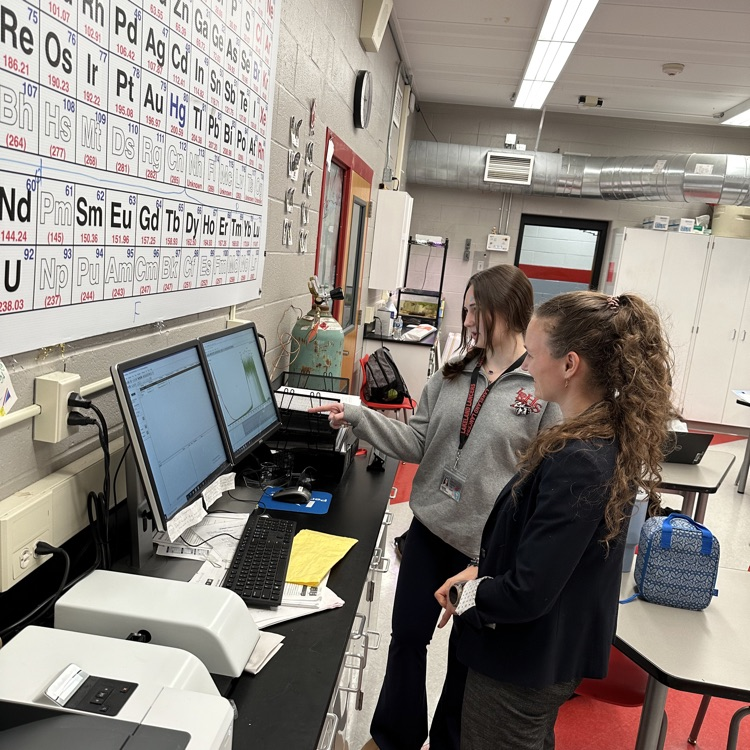Lakeland Regional High School’s Bio-Medical Research class , a section of the school’s UPAL program, has begun a collaborative effort to study the local lakes. The LRHS initiative is led by science teacher Mr. Jaroslaw Slusarczyk, and partners with NJIT, Montclair State University, and Ringwood’s Cupsaw Lake Environmental Committee.
The study, which took off in the Spring of 2024, is still in the planning stages, and the students hope to acquire grants from the colleges to continue their research, and students have been presenting their ideas to each organization they are collaborating with. The study will likely take years and outlive the current Bio-Medical Research class’s tenure at LRHS.
Students in the study, including sophomores Clara Vargas and Wren Hastings, are split into groups to study certain elements of the lake and their effects on the lake and its ecosystems.

Vargas is analyzing per-and polyfluoroalkyl substances (PFAS), which are a group of chemicals used to make fluoropolymer coatings and products that resist heat, oil, stains, grease, and water. PFAS is of concern as it does not break down in the environment, can contaminate water, and while it isn’t known exactly what PFAS does, it has been shown to impact growth and development in humans, as well as affecting reproduction, thyroid function, the immune system, and injure the liver.
Hastings, told the Ledger about her study of cyanotoxins in Cupsaw Lake. Cyanotoxins, which originate from cyanobacteria, are produced and contained within the cyanobacterial cells (intracellular), which can release toxins in an algal bloom into the surrounding water. Once these toxins are released, they can cause numerous health effects like abdominal pain, nausea, vomiting, headache, diarrhea, sore throat, blistering around the mouth, and pneumonia.
Still in its infancy, both students shared that the study is appearing to go well, discussing the plans to sample the lakes in order to test for both chemicals.
















